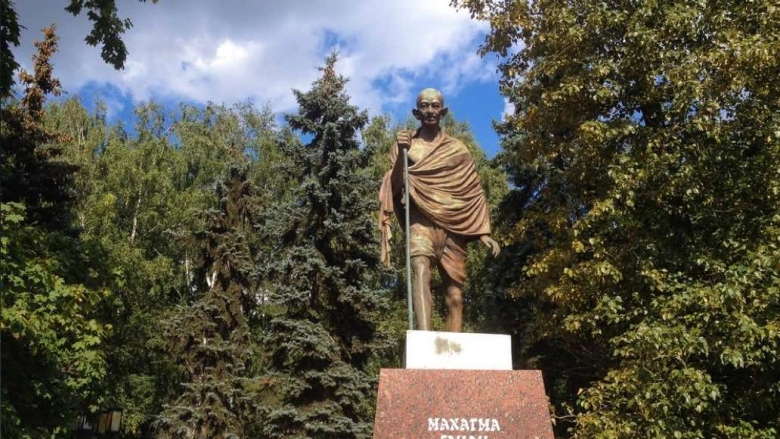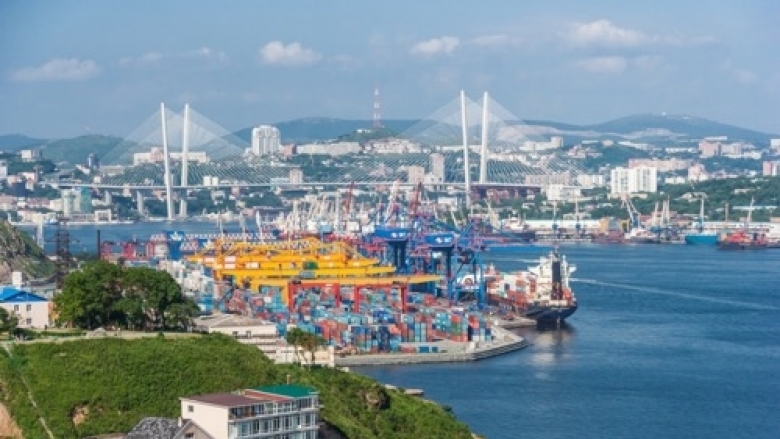Unfolding the Future – Four Possible Scenarios
The economic transformations taking place in China and India are having subtle and indirect impacts on Russia’s economic growth, and will continue to do so over the next decade. Our report A Rebalancing China and Resurging India: How Will the Pendulum Swing for Russia? assesses these potential impacts in the context of four different scenarios: China’s slowdown, China’s rebalancing, India’s expansion, and a combination of all three afore-mentioned scenarios.
It is estimated that the overall impact of China’s economic slowdown on Russia’s growth would be relatively minor, but the impact on welfare would be more significant: an increase in direct taxes would be needed to balance lower trade revenues. At the same time, a continued slowing of the Chinese economy would offer an opportunity for Russia to grow its non-oil tradable sectors.
China’s rebalancing could bring about a rise in Chinese demand for oil and agricultural products, thereby having a positive, albeit small, impact on Russian trade.
India’s rapid expansion could trigger additional demand for Russian exports, but only a moderate GDP growth gain because of the low level of Russia-India trade. The current share of Russian exports to India is barely 2%, in contrast to 11% for China.
The combination of a slowdown and rebalancing in China, along with a continued expansion of India’s economy, could have a small – but negative – impact on Russia’s economic growth. Since China is a much bigger trading partner than India is with Russia, the negative impact of a slowdown in China could outweigh the positive effects of both the rebalancing of China’s economy and the expansion in India’s economy.
Policy Implications for Russia
Perhaps the most important policy implication for Russia is the urgency to speed up domestic structural reforms. The four scenarios summarized above assume rapid adjustment in labor and goods markets. Rigidity and impediments in both labor and goods markets increase the impact of negative external shocks and reduce the benefits from positive ones.
In addition, Russia’s poor connectivity (well below other BRICS countries) and non-tariff barriers in countries that trade with Russia, limit Russia’s ability to adjust smoothly to changes in the international economic environment.
What can Russia do to mitigate the challenges and capitalize on the opportunities? The report suggests four specific policy approaches:
- Reinforcing Russia’s diversification of exports, with an emphasis on reducing the country’s dependency on natural resources.
- Enhancing Russia’s comparative advantage in high-skilled services, such as communications, financial insurance, business services, tourism, education, and health services.
- Introducing policy measures that increase mutually beneficial trade between China, India, and Russia, and by extension, measures that increase strategic partnerships between large emerging economies.
- Implementing policy changes that improve the attractiveness of Russia’s economy to FDI could have a significant impact on growth. Both China and India are increasingly looking for investment opportunities abroad.
Vladivostok is Russia’s largest port on the Pacific Ocean, located at the crossroads of major shipping routes in the region. Photo by Shutterstock.com
Swinging the Pendulum?
Overall, the impact of all four scenarios on Russia’s GDP would be relatively small, which may suggest that changes in both the Chinese and Indian economies should not be of great concern to Russia. On the contrary, these small changes could limit Russia’s ability to benefit from the opportunities offered by a rebalancing in China and more rapid growth in India. Moreover, the implications of these scenarios for household welfare in Russia are more significant, largely driven by changes in the terms of trade.
In general, it appears that likely changes in economic developments in China and India could present more of a challenge than an opportunity for Russia, largely due to Russia’s limited non-oil trade with both countries. But, if the country is well prepared, changing economic fortunes in China and India could ultimately swing the pendulum in Russia’s favor.


